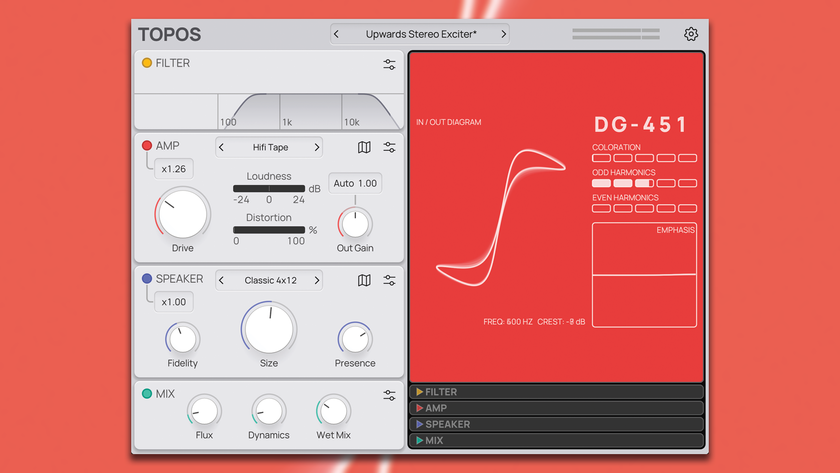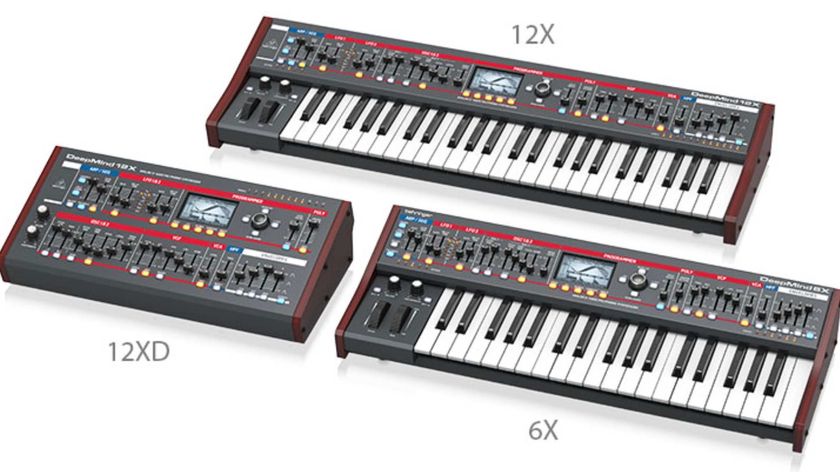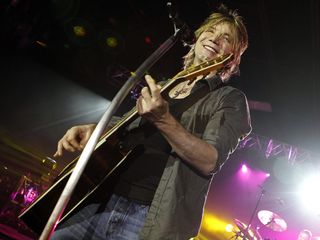
Goo Goo Dolls' John Rzeznik talks about recording new album, Magnetic
For their upcoming 10th album, Magnetic, the Goo Goo Dolls took what frontman John Rzeznik calls a "handmade approach" to each song. "We’d write one, record it, get it down, and then we’d move on," he explains. "Normally, we'd work on bits and pieces of a bunch of songs at a time. This way, it always felt as if we were getting somewhere, without all of this pressure in the air."
This approach to recording owes to the fact that the band (which also includes bassist-vocalist Robby Takac and drummer Mike Malinin) employed multiple producers – Gregg Wattenberg, John Shanks, Rob Cavallo and Greg Wells – and tracked songs in various cities (New York, London and Los Angeles) over a nearly year-old period.
"On our last record, it was the same guys in the room for a long period of time," Rzeznik says. "Everybody got burned out and cranky, and the process became less and less fun. So this time, I collaborated with Gregg on a few songs, with John on a few songs, I worked with Rob on a few – it was fun. By moving around and working with different guys, we had fresh blood in the room all the time. Every day we had a new perspective."
Over the course of their career, the Goo Goo Dolls have scored a number of radio smashes (most notably Name and Iris, the latter of which hit No. 1 on Billboard's Top 200) and racked up album sales of over 10 million copies. Rzeznik says that he tries not to think about the charts while recording, but he admits that it's not always easy. “Success can hang in your head, but you have to think about what you’re doing now," he notes. "You have to keep things in perspective. There were lots of times when I had to say to myself, ‘It doesn’t matter what I did before. This album is going to be what it’s going to be.’ I wanted the record to be a celebration, and to capture that feeling, I had to have a good time myself. That was the main agenda – having fun."
The confident and breezy tone that prevails throughout Magnetic's 11 cuts suggests a band that has many more good years ahead of it. Rzeznik, however, approached the writing and recording sessions as if they were his last. "Who knows? I might not get a second chance to make another album," he says emphatically. "And if this is the last record I can do, it has to be the best thing possible. It’s an honor and a privilege to get to get to create and to make a living at it. Believe me, I’m incredibly grateful for the opportunities I have.”
The Goo Goo Dolls' Magnetic will be released on 11 June (you can pre-order the album at this link). On the following pages, Rzeznik discusses the writing and recording of six selected tracks.

Rebel Beat
“I started this song on an old Gibson Hummingbird acoustic. That guitar has such a great tone. You play three chords on it, and it immediately sounds like a Led Zeppelin song.
“I was messing around with the guitar part, some lyrics and a programmed drum part. It’s funny how something like an 808 drum machine has been around since I was a teenager, but it’s back in vogue now. When Gregg Wattenberg was producing the song, he decided to modernize it a bit and give it some sound fresh sounds, so we got a good combination of textures to it.
“Lyrically, I was very inspired by walking around New York. There was this tiny little side street down in Chinatown, and I saw a big party going on. I don't know what it was about, but I thought, ‘Wow, I’d really like to be part of that.’ It made me happy just to see the energy coming from everybody. I went to the studio with that thought in my head, and we just kind of created the song from there.”

When The World Breaks Your Heart
“I’m in my 40s now, and I meet people who are getting on with their second marriages and things like that. One of the themes of the album is in the fact that just because you’re getting older, you can still find true love. It’s not something that’s exclusive to the very young. Real love between two people who are starting their lives again can be incredibly meaningful.
“For the orchestral part in the chorus, Gregg Wattenberg and I were messing around with synthesizer strings. I came up with the melody, and he said, ‘Hey, that’s kind of Elton John-ish.’ He suggested that we call Paul Buckmaster, the guy who did all of the string arrangements on Elton’s records. It's so cool that we got him. [Laughs] The guy is such a force, so unbelievably talented.
“I remember sitting in the studio watching Paul and his engineer, and I was thinking, ‘These guys are the real deal. These guys are legit.’ [Laughs] The way Paul spoke with the musicians was incredible. The whole time, I kept reminding myself, ‘OK, just listen to what’s happening. Maybe you’ll learn something.’”
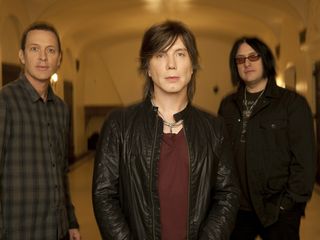
Caught In The Storm
“This is John Shanks and me. Lyrically, it’s got a bit of a Springsteen thing, but the music is so poppy. We managed to keep the acoustic guitars and the sense that it’s a song for everyman.
“We started messing around with keyboards and were just having fun, which is the best way to work. We didn’t sit down and conceptualize; we just built the song and took chances. John is an incredibly hard worker and so talented. He puts everything he has into a song.”
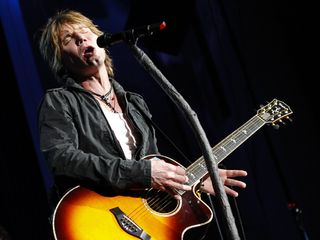
Come To Me
“I’m getting married in July, so once again, I was writing about people who are starting over and having their second chance at true love. It’s very much like a proposal in a version of a song.
“Gregg Wattenberg and I got together and sort of batted the song around. The lyrics came very quickly to me. We started experimenting with huge amounts of vocals. The idea was that we weren’t going to have a ton of instrumentation and walls of guitars, although it’s not sparse – there’s drums, bass, keyboards, guitars and some dulcimer on it, a few bits and bobs. I used a Taylor and the Gibson Hummingbird on this, blending them together.
“The rest of it is just vocals. We built so many harmonies, which was a lot of fun. Gregg is so good at that. It sounds incredible, too. Even when you stack all of the vocals together, like a wall of voices, there’s still so much room and air in the track.”
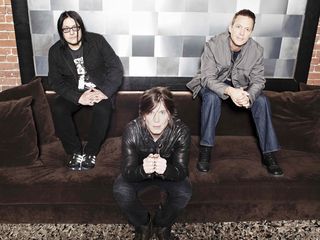
More Of You
“It’s very electronic, but the song really started with me and John messing around on a mandolin and an acoustic guitar. You wouldn’t know it from how it sounds. John Shanks suggested that we start fooling around with some electronic stuff. At first, I was like, ‘Really?’ I wasn’t sure.
“Then I started thinking, ‘You know, people are either going to like it, or we’re going to get murdered for it. Screw it.’ So we decided to just go for it. We played the song for some of the guys at the record company, and they were OK with it, so that’s the way it is. People are either going to love or, or I’m going to get slammed; I’m sure I’ll get a little of both.
“I grew up with electronic music – Depeche Mode and guys like Brian Eno and Gary Numan. Even a band like U2 have a lot of keyboard treatments and loops, although their albums are very guitar based. Those are the kinds of things I heard coming up.”
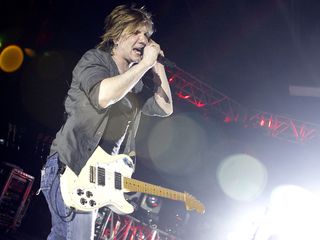
Bulletproofangel
“I wrote it with my friend Andy Stochansky. We got together in my garage and started playing the piano together. Once we had something that we liked, I did some free-form singing, scatting melodies at the microphone. A line popped out – ‘Hey, what’s that mean? What are we talking about? I don’t know... ’ It developed from there.
“We made up a story about this woman. Is she real? Is she a dream? What is she? What is she saying? And this guy finds a little bit of hope in her. Whether she’s real or a figment of his imagination, she’s something that can bring some peace.
“The garage is what I call my ‘Fonzie apartment.’ It’s just this little one-room thing above a one-car garage. I have an old Pro Tools rig with very little else. I have two guitars, a bass, a keyboard, a microphone and the Pro Tools rig. I don’t even have an amp in the room. I used to have a massive amount of recording equipment and all sorts of vintage stuff, but I got rid of it all. It was a pain in the ass, and I wasn’t using it.
"Having less gear keeps me focused on writing and not on producing. Now I’m not trying to produce myself out of a mediocre song. I’m locked in; I don't have all of these options. So that's it – the song has to be good. Let somebody else produce it.”

Joe is a freelance journalist who has, over the past few decades, interviewed hundreds of guitarists for Guitar World, Guitar Player, MusicRadar and Classic Rock. He is also a former editor of Guitar World, contributing writer for Guitar Aficionado and VP of A&R for Island Records. He’s an enthusiastic guitarist, but he’s nowhere near the likes of the people he interviews. Surprisingly, his skills are more suited to the drums. If you need a drummer for your Beatles tribute band, look him up.

"Reggae is more freeform than the blues. But more important, reggae is for everyone": Bob Marley and the Wailers' Catch a Fire, track-by-track
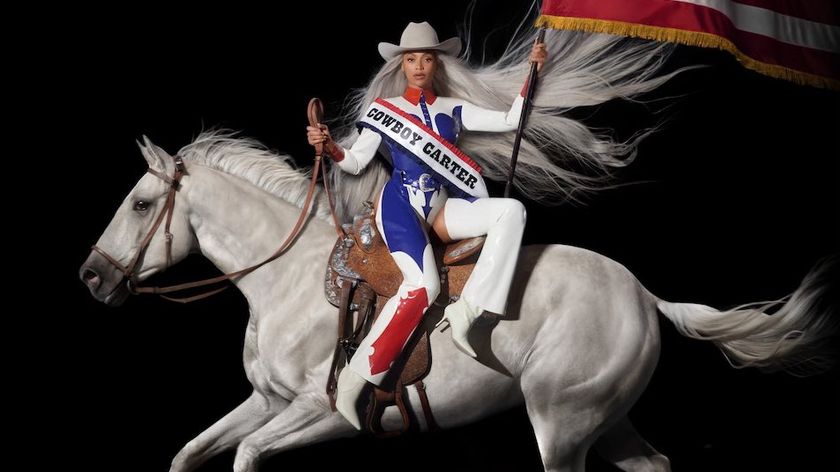
“Part of a beautiful American tradition”: A music theory expert explains the country roots of Beyoncé’s Texas Hold ‘Em, and why it also owes a debt to the blues

"Reggae is more freeform than the blues. But more important, reggae is for everyone": Bob Marley and the Wailers' Catch a Fire, track-by-track

“Part of a beautiful American tradition”: A music theory expert explains the country roots of Beyoncé’s Texas Hold ‘Em, and why it also owes a debt to the blues
